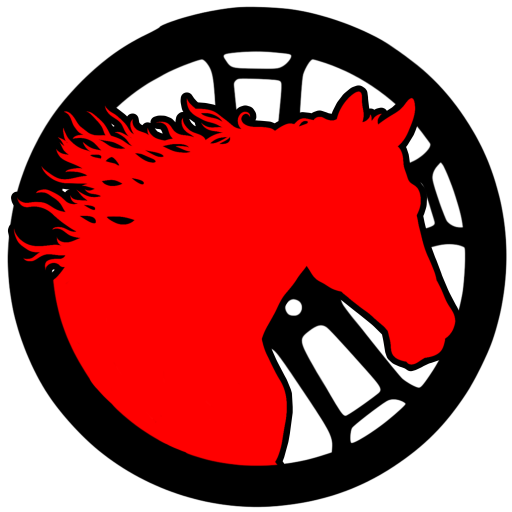The 1970s marked an iconic era for American muscle cars, known for their powerful engines and distinct designs. Many models from this decade continue to draw attention from enthusiasts and collectors alike.
This article highlights 13 muscle cars from the ’70s that still turn heads today, showcasing their enduring appeal and timeless style. These vehicles represent a blend of performance and nostalgia that remains relevant in the classic car community.
1970 Chevrolet Chevelle SS 454
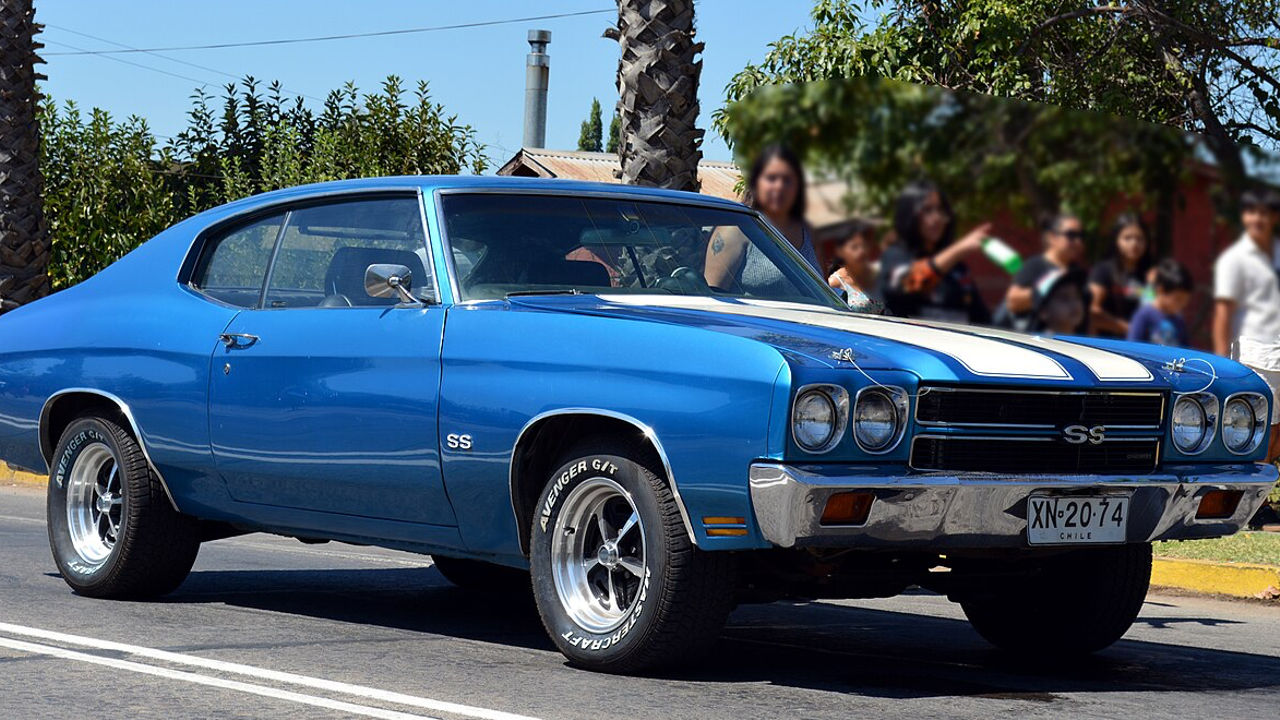
The 1970 Chevrolet Chevelle SS 454 is a defining muscle car from the early ’70s. It features a powerful 454-cubic-inch V8 engine, known for its strong performance and classic design.
The car’s muscular fenders and reshaped grille give it an aggressive, balanced look. Its suspension was tuned for better handling, making it more than just straight-line fast. Enthusiasts regard it as a well-rounded muscle car that blends power with style.
1970 Ford Mustang Boss 429
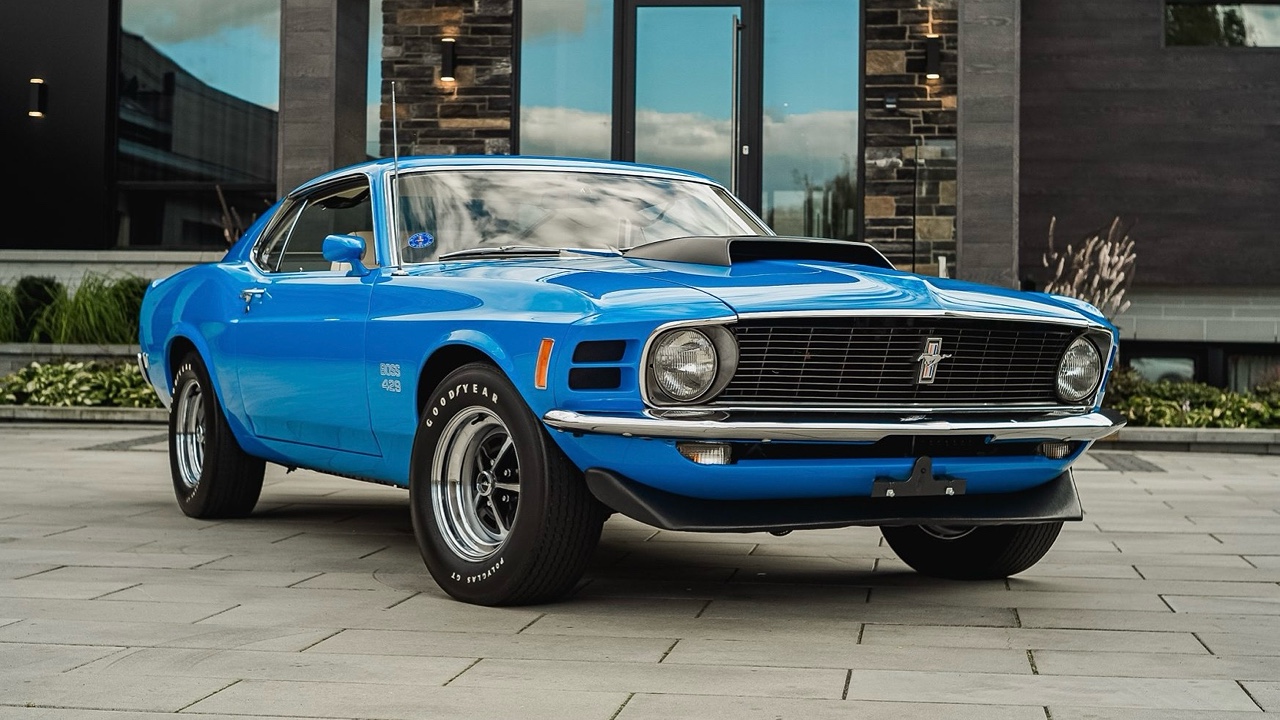
The 1970 Ford Mustang Boss 429 was designed with performance in mind, especially for NASCAR competition. It featured a 7.0-liter V8 engine producing around 375 horsepower and 450 lb-ft of torque.
Its aggressive styling and powerful engine made it a standout among muscle cars of the time. The Boss 429 remains highly regarded by collectors and enthusiasts today.
1970 Dodge Challenger R/T
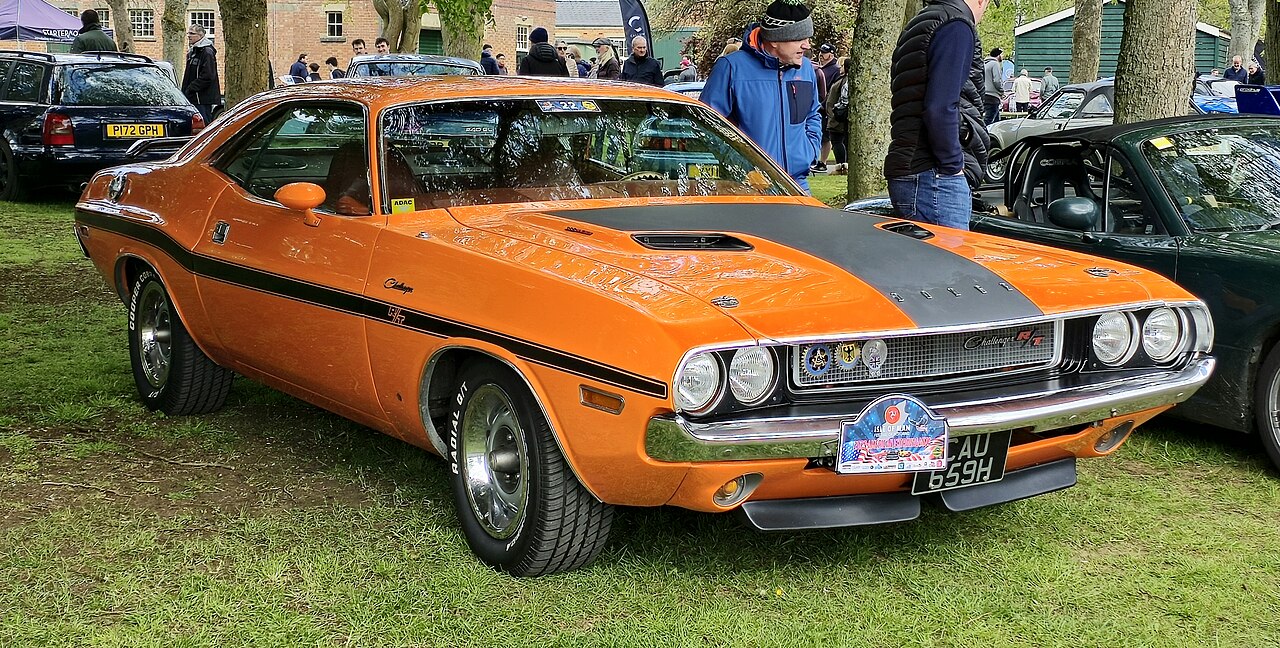
The 1970 Dodge Challenger R/T features distinctive Magnum 15-inch wheels, hood scoops, and bold paint options. It came with a powerful 383 Magnum engine, using components from the larger 440 engine for enhanced performance.
The R/T package stood for Road and Track, emphasizing a blend of sporty design and strong performance. Some versions included the Hemi engine, further elevating its muscle car status.
1971 Plymouth ‘Cuda
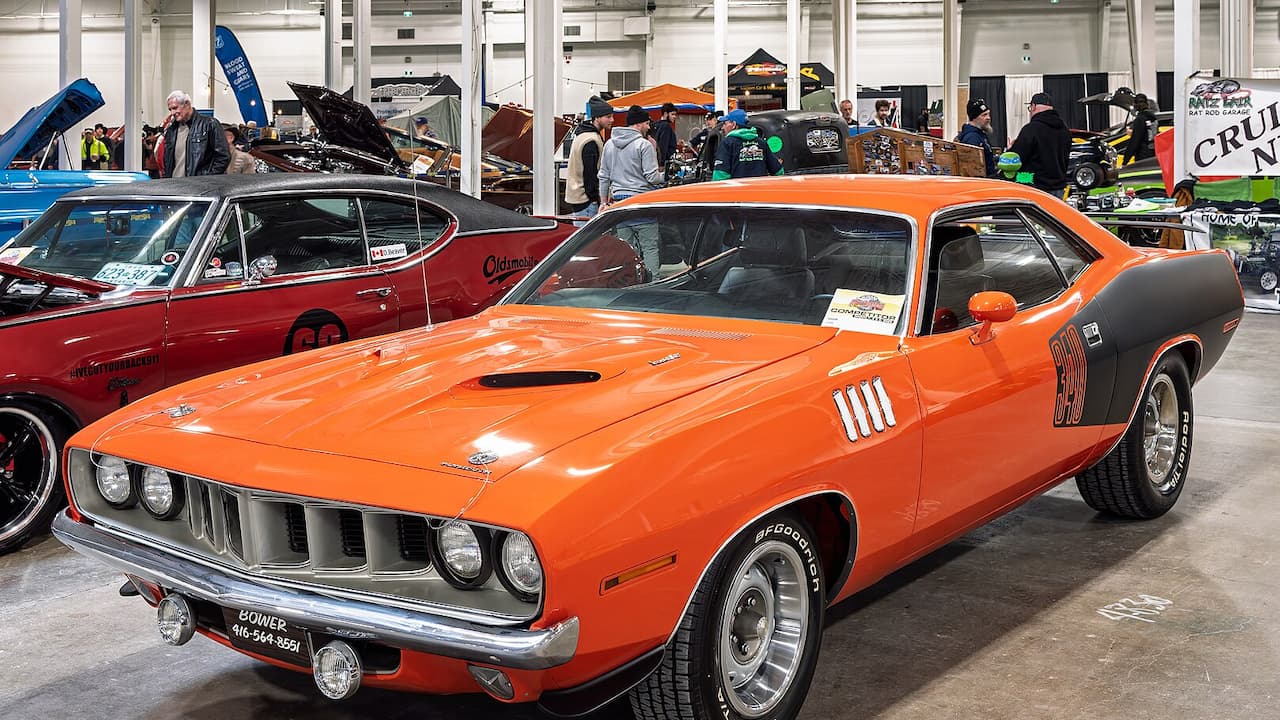
The 1971 Plymouth ‘Cuda represents the peak of the Barracuda lineup. It is known for its powerful engines, including the rare Hemi V8 option.
This model combined aggressive styling with serious performance, making it a favorite among muscle car enthusiasts.
Only a small number of Hemi ‘Cuda convertibles were produced, adding to their collectibility. The car remains a notable example of early 1970s American muscle.
1970 AMC Javelin AMX
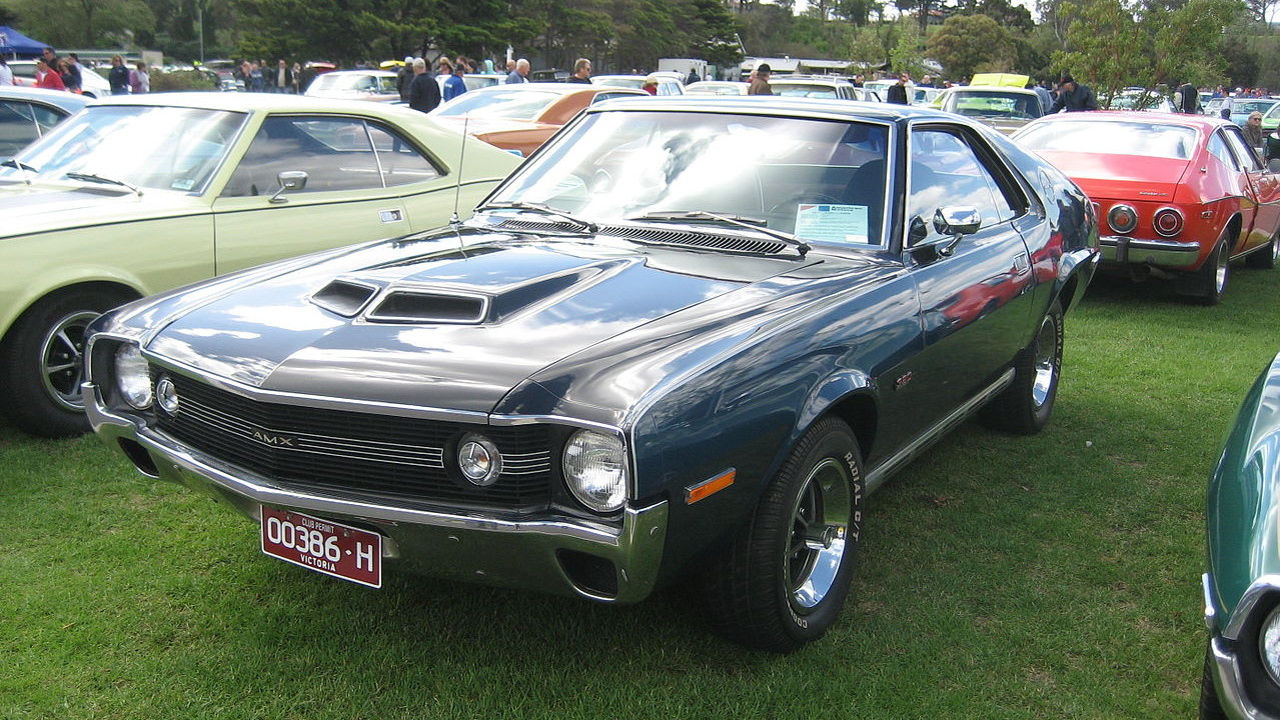
The 1970 AMC Javelin AMX combined aggressive styling with strong performance. It was designed to compete directly with popular muscle cars like the Mustang and Camaro.
The model achieved success in Trans-Am racing, winning events in 1971, 1972, and 1976. Its racing heritage underscored AMC’s commitment to performance.
The Javelin AMX remains a notable example of American muscle cars from the 1970s, valued for both its design and racing credentials.
1970 Plymouth Superbird
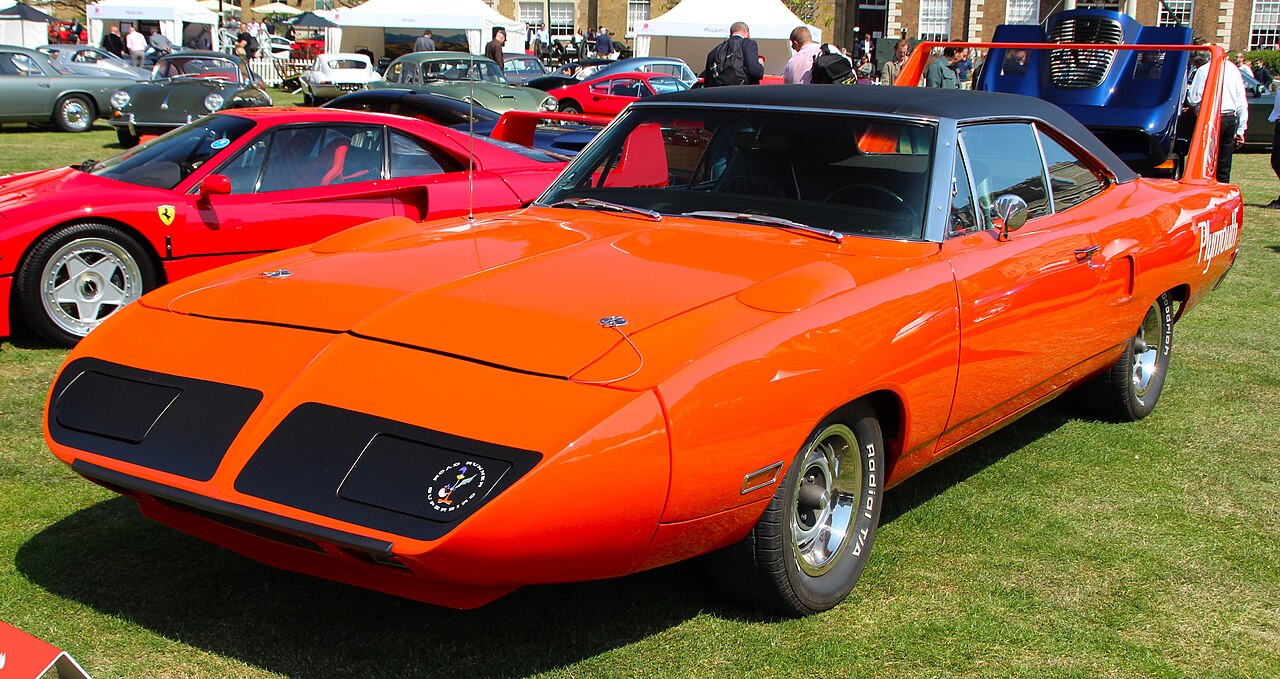
The 1970 Plymouth Superbird was designed with aerodynamics in mind, primarily for NASCAR competition. It featured a distinctive nose cone and a large rear wing to reduce drag and improve stability at high speeds.
Only 1,935 units were produced, making it a rare and sought-after muscle car today. Its powerful HEMI engine combined with unique styling makes it a lasting icon from the 1970s.
1969 Ford Mustang Boss 429
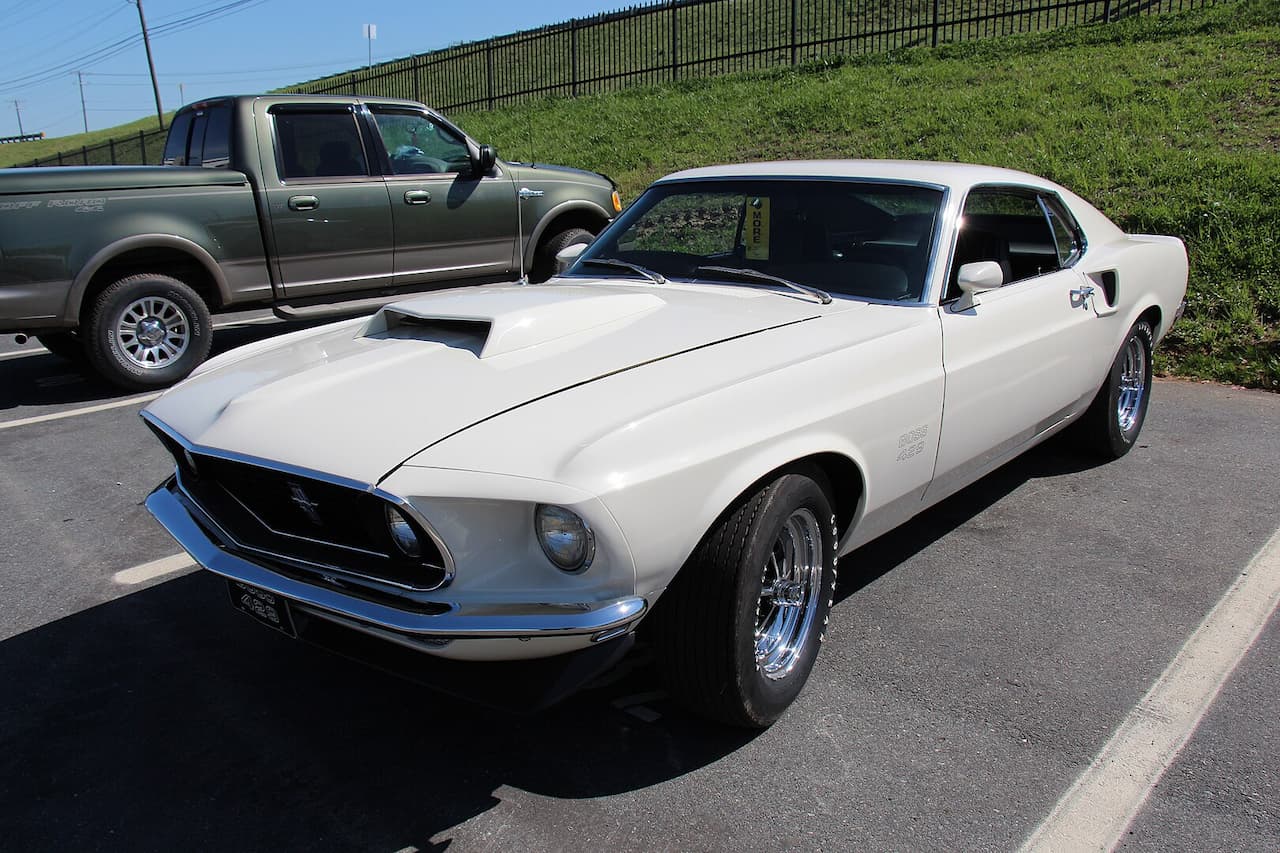
The 1969 Ford Mustang Boss 429 was designed for NASCAR racing, featuring a powerful 7.0-liter V8 engine. It produced approximately 375 horsepower at the factory, though many engines delivered closer to 425 or even 450 horsepower in reality.
This model is recognized for its aggressive styling and high-performance engineering. Despite its initial mixed reception, it remains a highly regarded muscle car among collectors and enthusiasts.
1968 Plymouth Barracuda
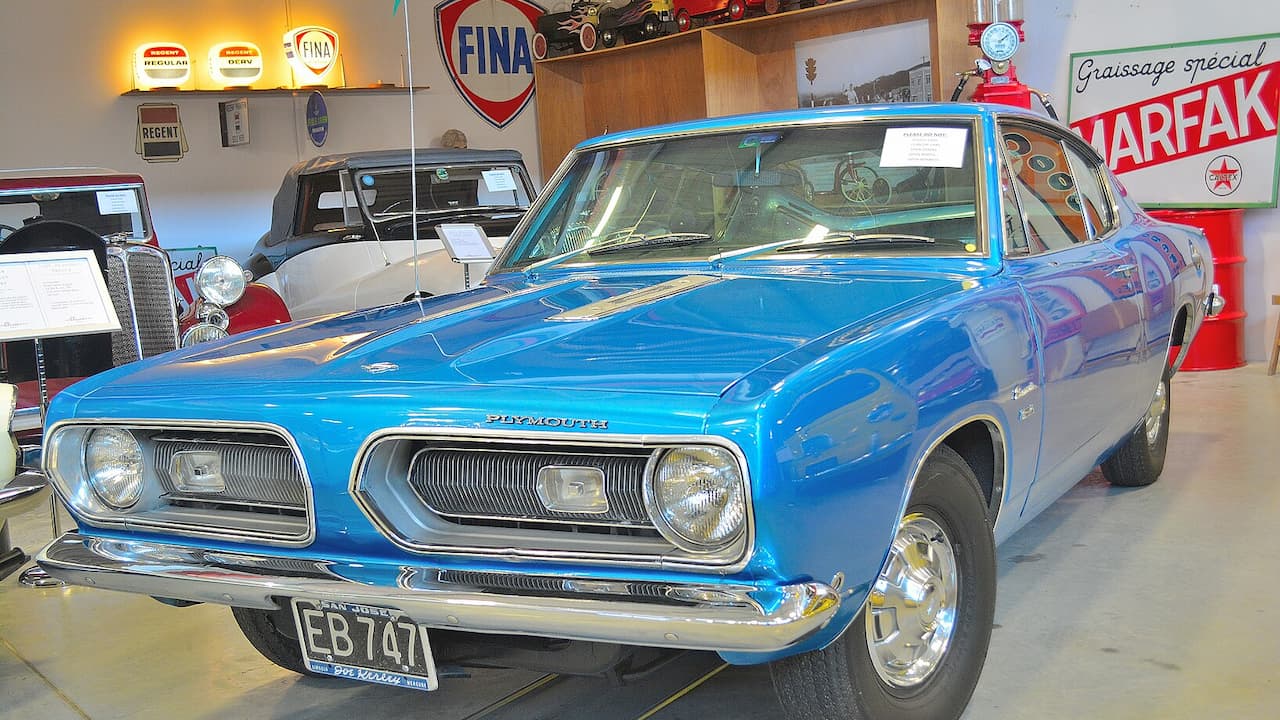
The 1968 Plymouth Barracuda featured a refreshed design with a more aggressive front end and improved aerodynamics. It offered several engine options, including powerful V8s that appealed to muscle car enthusiasts.
Its “notchback” body style distinguished it from earlier models. The Barracuda balanced performance with stylish looks, maintaining its place as a notable American muscle car from the late ’60s.
1968 Mercury Cougar
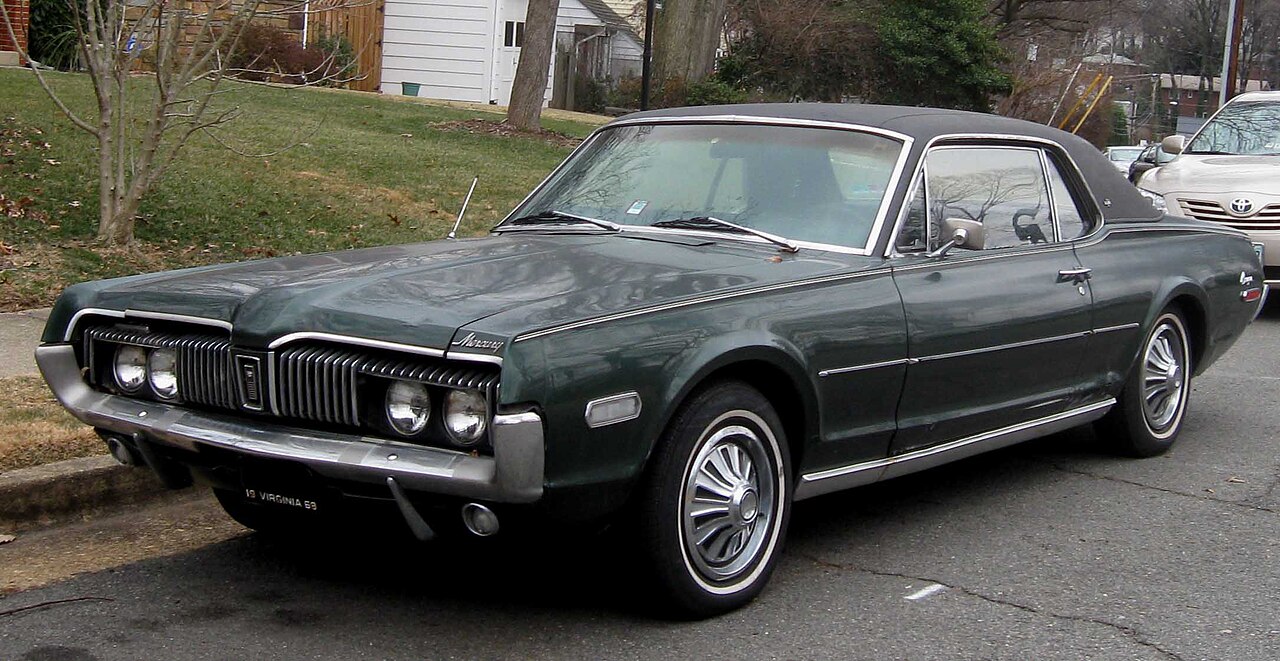
The 1968 Mercury Cougar combined aggressive muscle car performance with refined, elegant styling. It featured characteristics like hideaway headlights and a distinctive grille, appealing to sophisticated drivers.
Engines ranged from a 200hp 289-cubic-inch V8 to more powerful options like the 320hp 390-cubic-inch V8. A rare version included the 427-cubic-inch V8, making it highly sought after by collectors.
1970 Oldsmobile 442 W-30
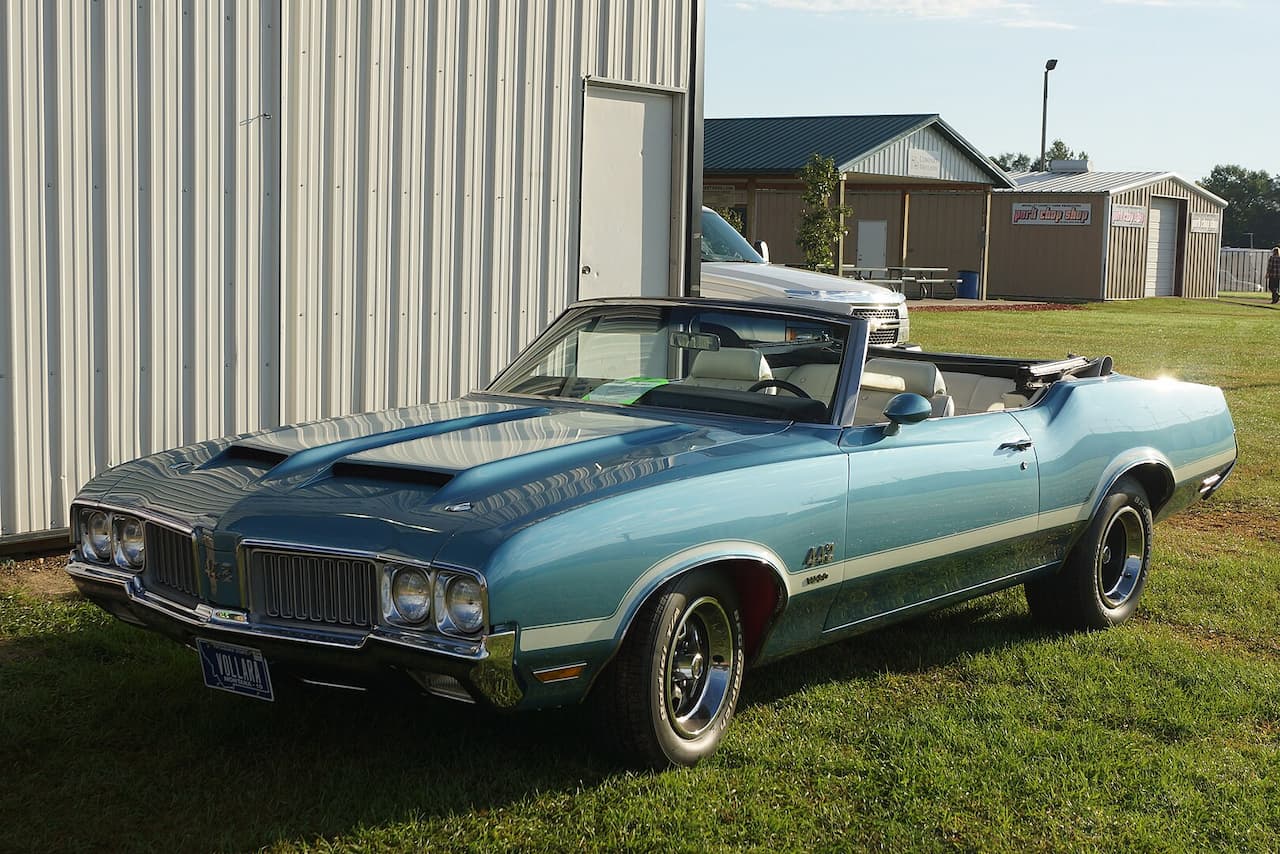
The 1970 Oldsmobile 442 W-30 features a 455 cubic inch V8 engine. It delivers 365 horsepower and 500 lb-ft of torque, emphasizing strong performance.
This model includes unique upgrades such as a hotter camshaft, a relocated battery in the trunk, and a cold air induction system.
Its combination of power and engineering made it a notable muscle car of its time, with a design that remains highly regarded today.
1968 Ford Mustang Fastback

The 1968 Ford Mustang Fastback remains an iconic muscle car known for its distinct design and strong performance. It gained additional fame through its appearance in popular culture, which helped solidify its status.
Owners often modify these Mustangs, improving power and handling while keeping the classic look. This car continues to attract attention for its timeless style and driving experience.
1987 Buick GNX
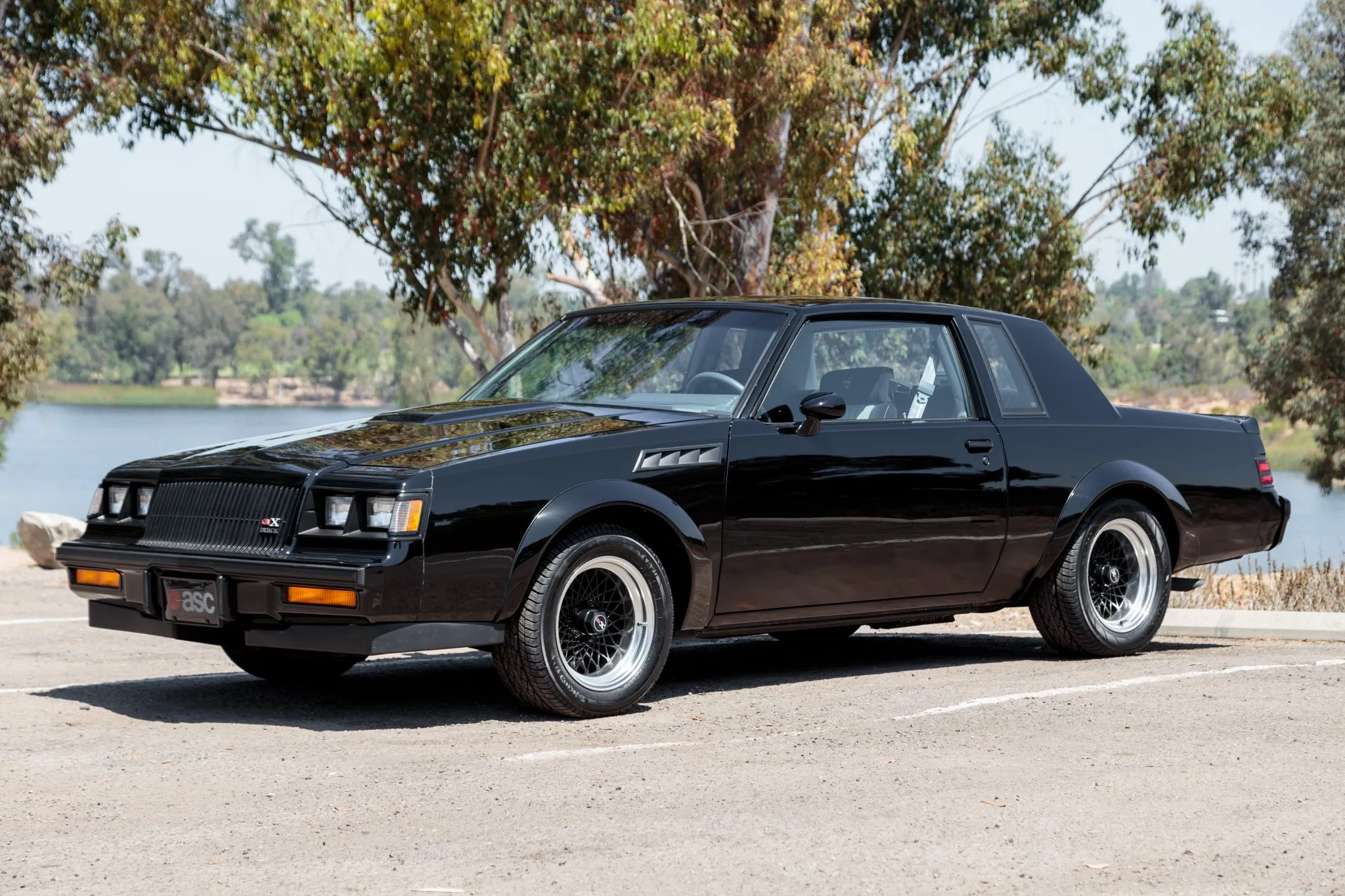
The 1987 Buick GNX is a notable muscle car from the late ’80s, blending muscle car performance with modern engineering for its time. It features a turbocharged 3.8L V6 engine producing 276 horsepower and 360 lb-ft of torque.
Its acceleration was impressive, achieving 0-60 mph in around 5.4 seconds. The GNX is recognized for its rarity and distinctive styling, making it a sought-after classic today.
1989 Pontiac Firebird GTA
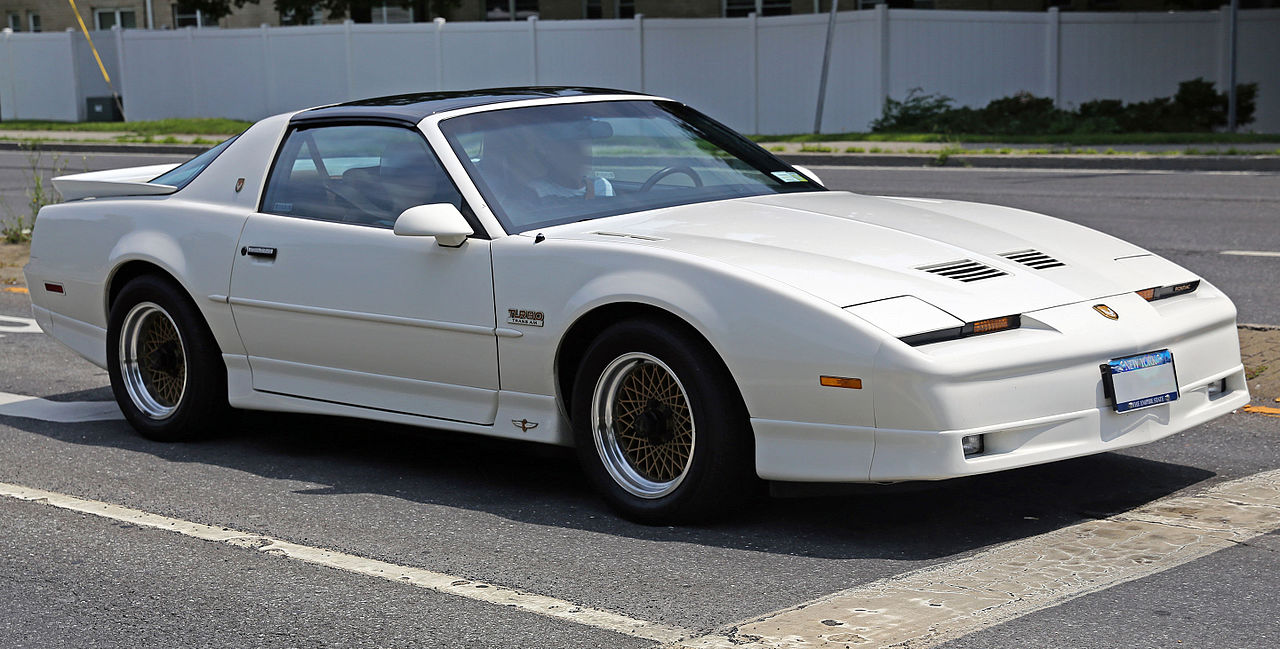
The 1989 Pontiac Firebird GTA is a notable muscle car from the late 1980s. It features a powerful V8 engine and distinctive aerodynamic styling that maintains its appeal.
This model was one of the fastest muscle cars of its era. It combined performance with advanced technology for the time, making it a sought-after classic today.
